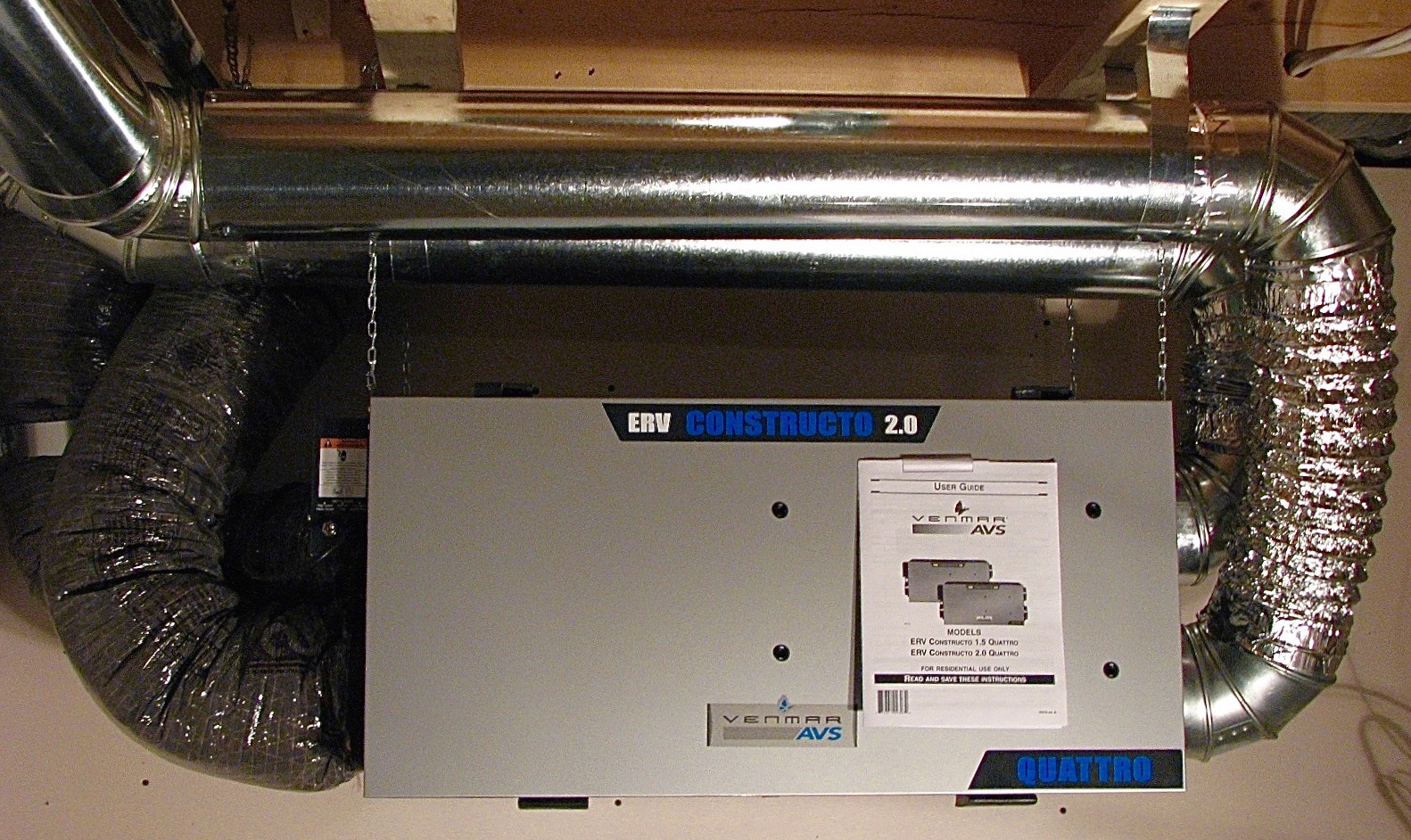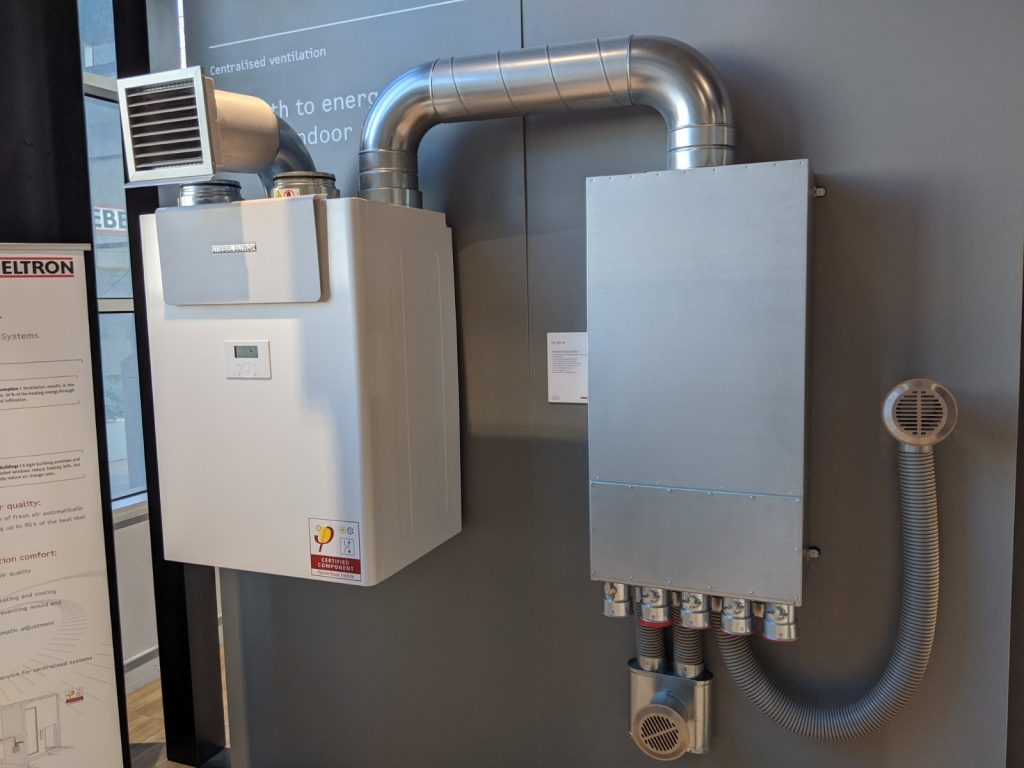How to Save Money with HRV in Variable Seasons
How Heat Recovery Ventilation Improves Indoor Air Quality and Reduces Power Prices
Heat Recovery Ventilation (HRV) systems play a crucial function in improving indoor air quality while concurrently lowering energy expenditures. By successfully trading stale interior air with fresh outside air, HRVs aid preserve suitable humidity and lower toxins. Additionally, their capacity to recover warm from outbound air reduces the stress on home heating and cooling down systems. As energy expenses proceed to increase, understanding the full potential of HRV systems comes to be significantly vital for property owners and organizations alike.
Comprehending Heat Recovery Ventilation Systems

Heat recovery ventilation (HRV) systems play a vital function in boosting indoor air top quality, particularly in modern-day, energy-efficient buildings. These systems are developed to move warmth from the outgoing stale air to the incoming fresh air, thus minimizing energy loss while maintaining suitable temperature degrees indoors. HRVs contain a warmth exchanger, followers, and ductwork, helping with the constant flow of air. By removing interior contaminants and presenting fresh air, HRVs aid to balance moisture degrees, avoid mold growth, and reduce irritants. The performance of HRV systems hinges on their ability to recover approximately 80% of the warm from the tired air, promoting power conservation while ensuring a healthy and balanced interior setting. Their integration is crucial in achieving lasting living practices.
The Significance of Indoor Air Top Quality
Indoor air quality (IAQ) is an essential element influencing the health and wellness and wellness of residents in any type of environment. Poor IAQ can bring about numerous wellness concerns, consisting of breathing issues, allergic reactions, and tiredness. Furthermore, it can intensify status quo such as bronchial asthma. Elements contributing to low IAQ consist of pollutants from interior resources like cleansing representatives, mold, and inadequate air flow. Maintaining great IAQ is important for promoting a risk-free and comfy living or functioning area. Effective strategies to improve IAQ include routine tracking of air high quality, correct air flow systems, and minimizing making use of damaging substances inside. By focusing on IAQ, individuals can guarantee a healthier atmosphere that fosters performance and total lifestyle.
Energy Effectiveness Benefits of HRV Systems
Numerous homeowners and structure managers are progressively identifying the energy performance benefits of warm recuperation air flow (HRV) systems. By transferring warm from exhausted interior air to incoming fresh air, HRV systems noticeably minimize the power required for heating & cooling. This procedure reduces reliance on traditional a/c systems, resulting in reduced energy costs. Additionally, HRVs help preserve a balanced indoor environment, stopping extreme heating or cooling needs. The capacity to recover up to 90% of the heat from outgoing air likewise sustains sustainability efforts by reducing overall power intake. Consequently, HRV systems contribute not just to cost savings but also to a decreased carbon impact, straightening with the growing emphasis on energy-efficient building methods.
Setup and Upkeep Considerations
The reliable implementation of heat healing air flow (HRV) systems needs mindful consideration of setup and maintenance aspects to ensure peak performance. Correct positioning of the HRV system is vital, as it must be mounted in a location that makes best use of airflow while reducing sound interruption. In addition, ductwork needs to be properly sized and insulated to stop power loss. Regular upkeep, visit consisting of filter substitute and system cleaning, is critical to secure optimal performance and indoor air top quality. Owners ought to develop a routine maintenance timetable to recognize and attend to prospective problems prior to they rise. Collaboration with seasoned professionals during both installment and maintenance phases can boost the long life and efficiency of HRV systems, ultimately bring about better indoor atmospheres and minimized power expenses.
Real-World Applications and Success Stories
Discovering real-world applications of heat recuperation ventilation (HRV) systems discloses their considerable effect on interior air quality and energy effectiveness across different settings. In property structures, home owners have reported enhanced air quality, resulting in fewer allergies and breathing problems. Schools applying HRV systems have actually noted boosted pupil focus and reduced absence as a result of better air flow. Commercial buildings, such as workplaces and retail spaces, have experienced reduced power costs and raised staff member efficiency. For example, a corporate workplace in a temperate climate achieved a 30% decrease in energy bills after installing an HRV system. These success stories demonstrate that HRV innovation not just adds to healthier settings yet also offers concrete economic benefits, making it an important investment for numerous fields.
Regularly Asked Concerns
Can HRV Equipments Minimize Allergens in Indoor Air?
The performance of HRV systems in decreasing interior irritants mainly pivots on their capability to filter and exchange air. HRV Heat Recovery Ventilation. By continuously changing stagnant air, these systems can greatly lower irritant degrees throughout indoor environments

How Does Moisture Affect HRV System Efficiency?
Moisture substantially influences HRV system performance; high levels can bring about condensation, reducing efficiency, while low humidity may enhance air exchange. Stabilizing humidity is vital for suitable operation and read here maintaining interior air high quality.
Are HRV Solutions Noisy Throughout Procedure?
HRV systems can produce varying sound degrees throughout operation, relying on their layout and setup. Some devices operate silently, while others might create recognizable sound, particularly at greater air movement settings find out this here or when badly preserved.
What Is the Typical Life-span of an HRV System?

Can HRV Solutions Be Utilized in All Climates?
HRV systems can be used in numerous environments, but their efficiency might vary - HRV Heat Recovery Ventilation. In severe temperatures, changes or extra systems may be required to assure suitable efficiency and convenience while keeping indoor air quality